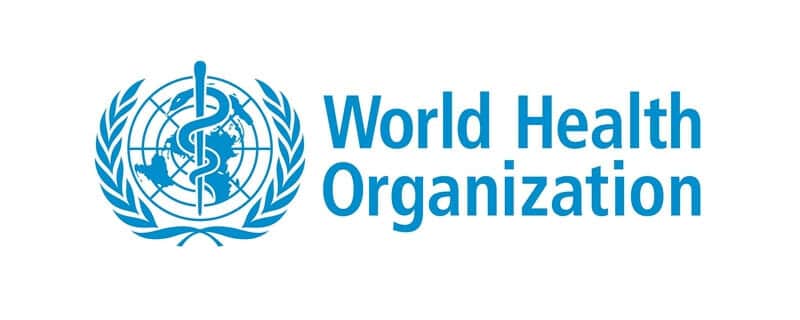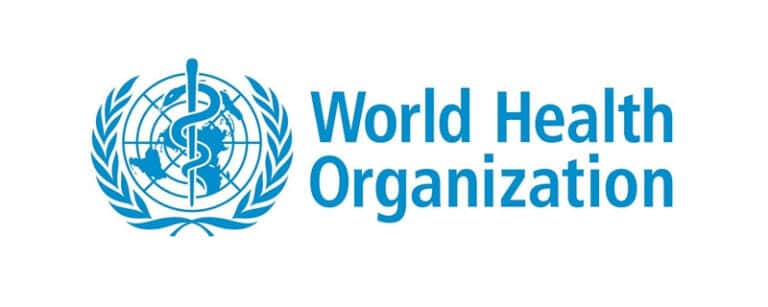Key facts
- In 2015, 71% of the global population (5.2 billion people) used a safely managed drinking-water service – that is, one located on premises, available when needed, and free from contamination.
- 89% of the global population (6.5 billion people) used at least a basic service. A basic service is an improved drinking-water source within a round trip of 30 minutes to collect water.
- 844 million people lack even a basic drinking-water service, including 159 million people who are dependent on surface water.
- Globally, at least 2 billion people use a drinking water source contaminated with faeces.
- Contaminated water can transmit diseases such diarrhoea, cholera, dysentery, typhoid, and polio. Contaminated drinking water is estimated to cause 502,000 diarrhoeal deaths each year.
- By 2025, half of the world’s population will be living in water-stressed areas.
- In low- and middle-income countries, 38% of health care facilities lack an improved water source, 19% do not have improved sanitation, and 35% lack water and soap for handwashing.
Introduction
Safe and readily available water is important for public health, whether it is used for drinking, domestic use, food production or recreational purposes. Improved water supply and sanitation, and better management of water resources, […]
Full article: Drinking-water
More about water and public health:
How a Yemen Water Plant Helped Cut Cholera by 92 Percent
2018 California Safe Drinking Water Data Challenge
Report finds toxins in dozens of public water systems across the USA
Study: Public water supply unsafe for millions of Americans
North metro Denver groundwater contaminated with PFCs flows to 50,000 residents



